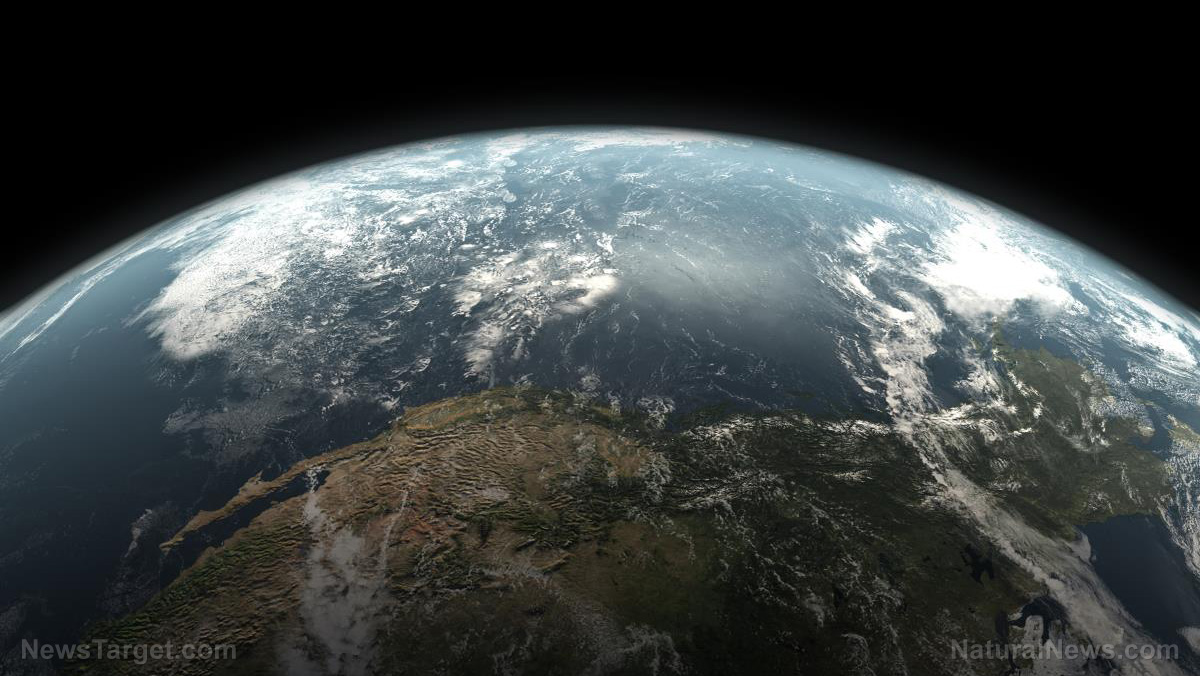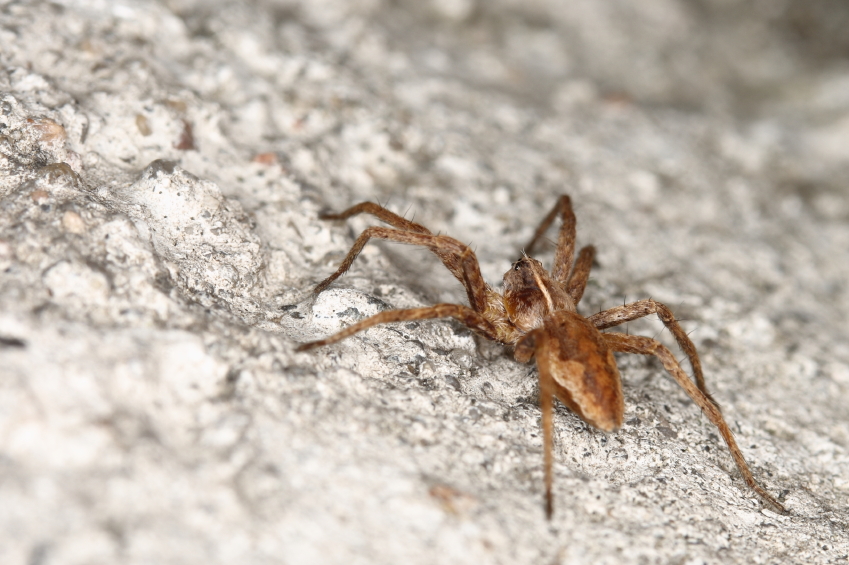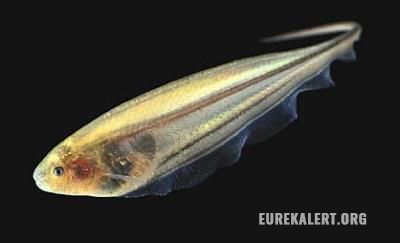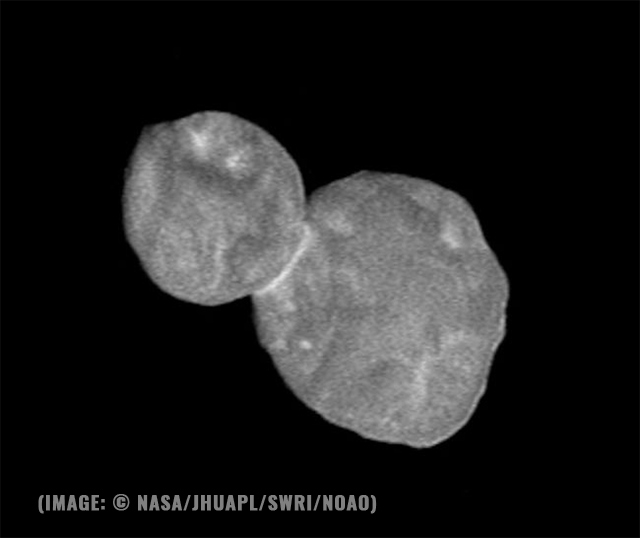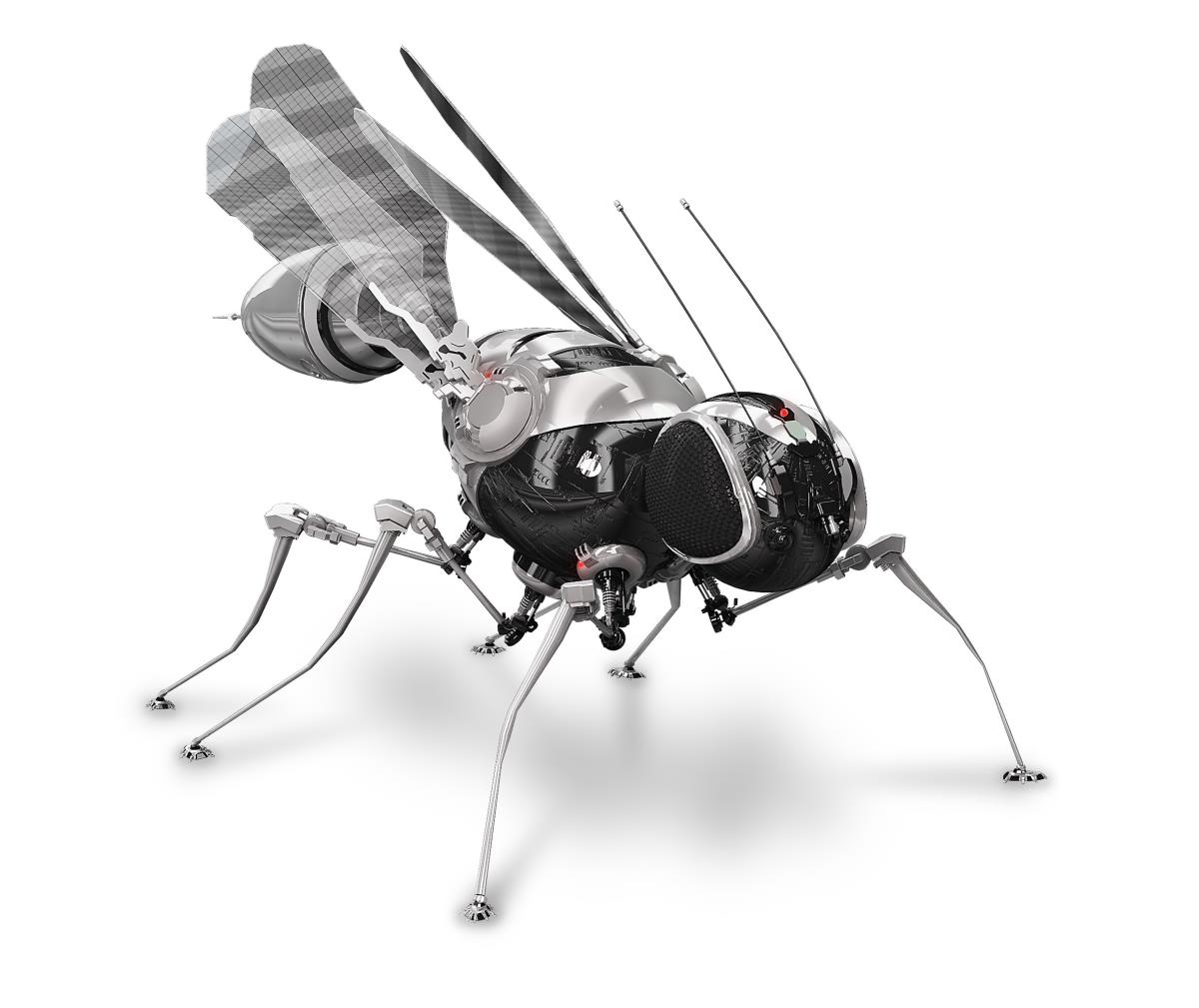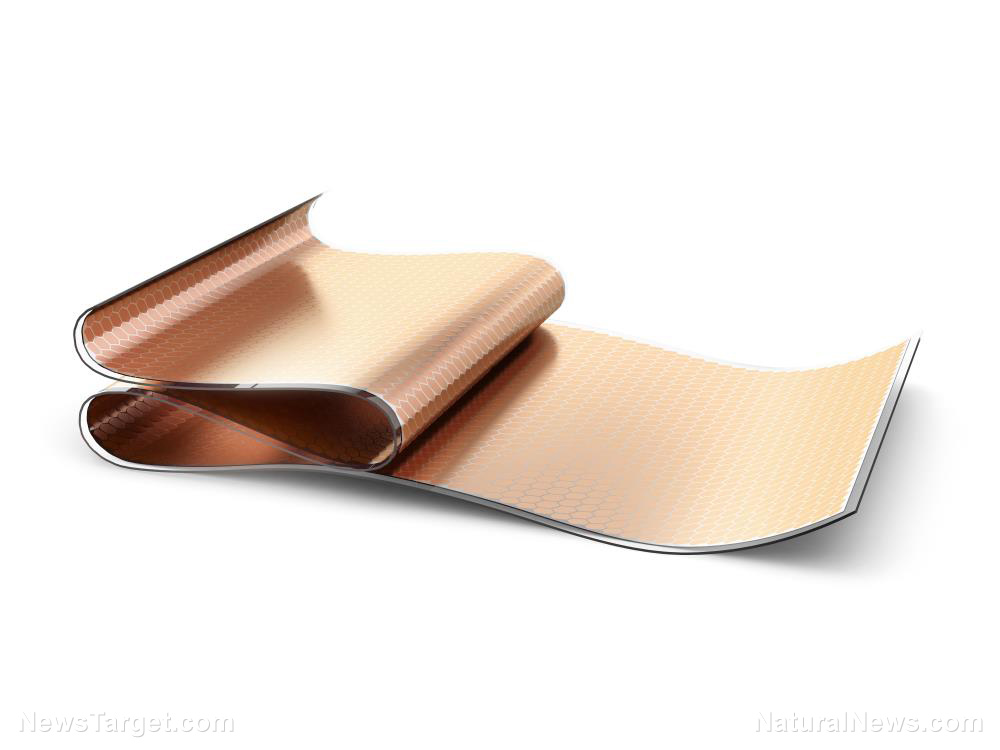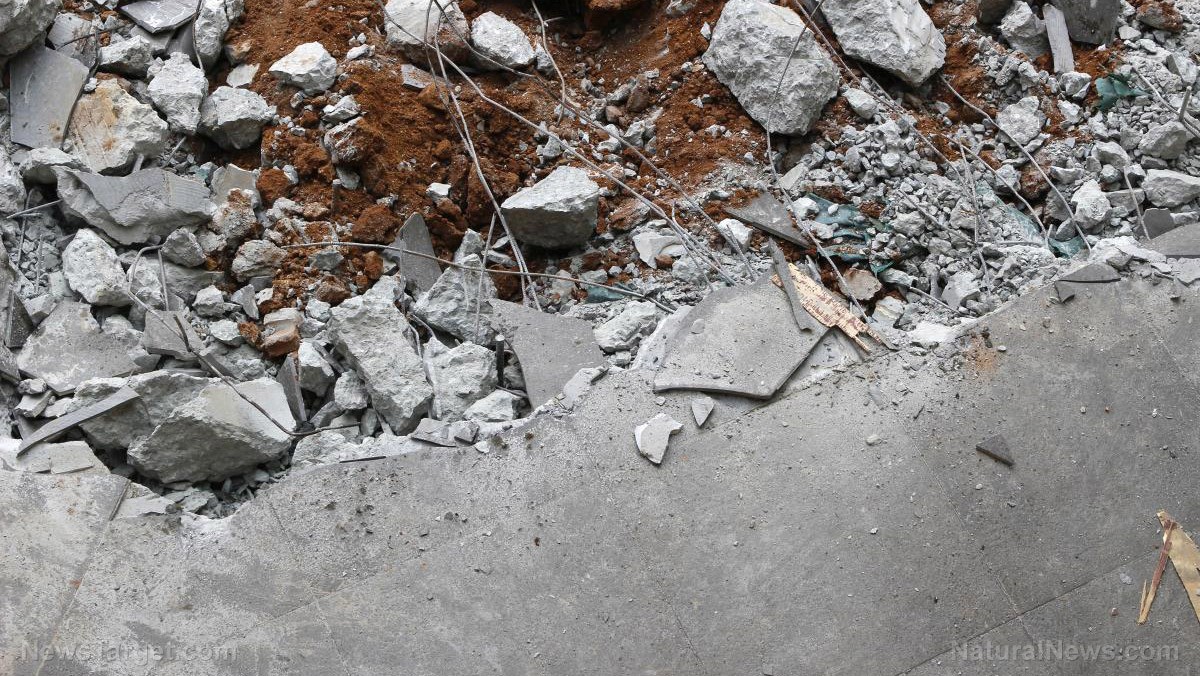Stars making stars: Astronomers observe a star so big, it gave birth to its twin
02/28/2019 / By Edsel Cook
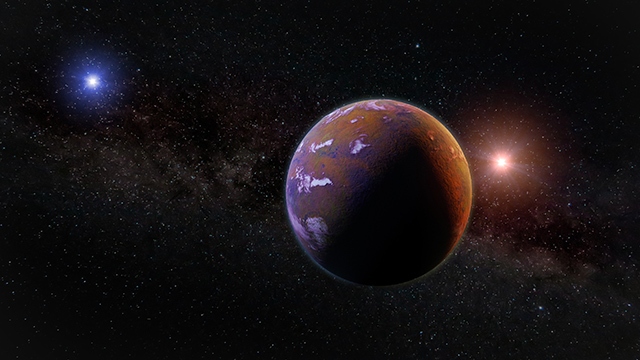
The exciting birth of a newly discovered star turned out to be an even bigger find than expected. British researchers found that the newborn stellar body is accompanied by a much smaller star that formed from the leftover materials that created its mother.
MM 1a is a huge protostar whose light takes more than 10,000 years to reach our eyes. It is located in an area of the galaxy that is currently churning out new stars.
Researchers from the University of Leeds (Leeds) were studying MM 1a since 2017. They observed the faraway star with the help of ALMA, a powerful array of radio telescopes installed on top of a Chilean plateau to take advantage of height and unpolluted skies.
During the course of their study, they caught an irregularity in the stellar data from MM 1a. Upon closer examination of the anomaly, they identified the presence of another object near the star.
The researchers labeled the much fainter object as MM 1b. Further examination revealed that this celestial body was the younger sibling – or the child, depending on how one interpreted its origin – of MM 1a. (Related: Some black holes bring dead “zombie” stars back to life just to rip them apart later.)
The protostar MM 1a gave birth to a much smaller star
MM 1a and its sibling/child formed from stellar gas and dust. What made MM 1b different was that it was born from the leftover materials of the process that created its older companion.
The gravitational pull of a star will cause the excess materials to form a disk around it. In the Solar System, the disk became the planets, moons, and other celestial bodies.
“In this case, the star and disc we have observed is so massive that, rather than witnessing a planet forming in the disc, we are seeing another star being born,” remarked John Ilee, the leader of the Leeds research group.
MM 1a is a massive protostar that massed 40 times as much as our Sun, which is a medium-sized star. Its sibling, on the other hand, is clearly the runt of the litter; MM 1b has less than half of the mass of our Sun.
Ilee noted that the MM star system went against the norm for binary stars. Many binaries are also made up of a massive star and its younger partner. But those stars are likely to have formed at the same time and are thus more or less the same mass.
“Finding a young binary system with a mass ratio of 80:1 is very unusual, and suggests an entirely different formation process for both objects,” he said.
MM 1b could form its own planetary system – but MM 1a will doom it all
A star starts out as a huge accretion disk of dust and gas. The stellar material is slowly but surely drawn together to fuse into a protostar. As the newborn star begins to rotate, the remaining raw materials will move into orbit around it.
If the star is more or less the same size as our Sun, the materials in this disk will turn into planets. A huge stellar body like MM 1a, on the other hand, could have enough materials left from its birth to form another star.
Interestingly, MM 1b could be surrounded by an accretion disk of its own. Given the small size of the junior star, this theoretical disk of dust and gas could eventually turn into a planetary system.
Unfortunately, its mother/sibling MM 1a is short-lived for a star. After a million years, the bigger star will end its life in a powerful supernova that will destroy MM 1b and any planets around the younger star.
Sources include:
Tagged Under: astronomy, discoveries, planets, protostar, science, Space, star system, Stars, supernova



